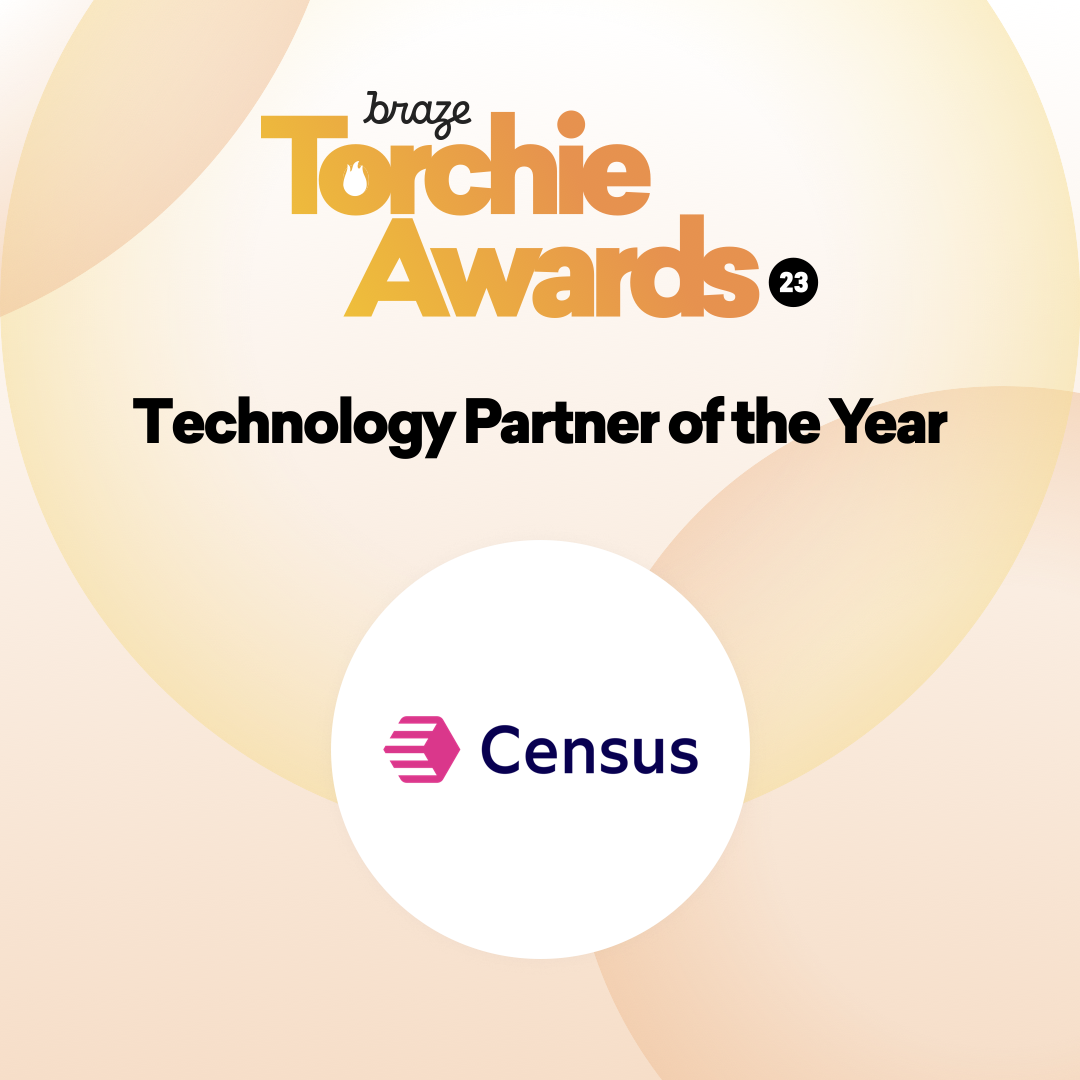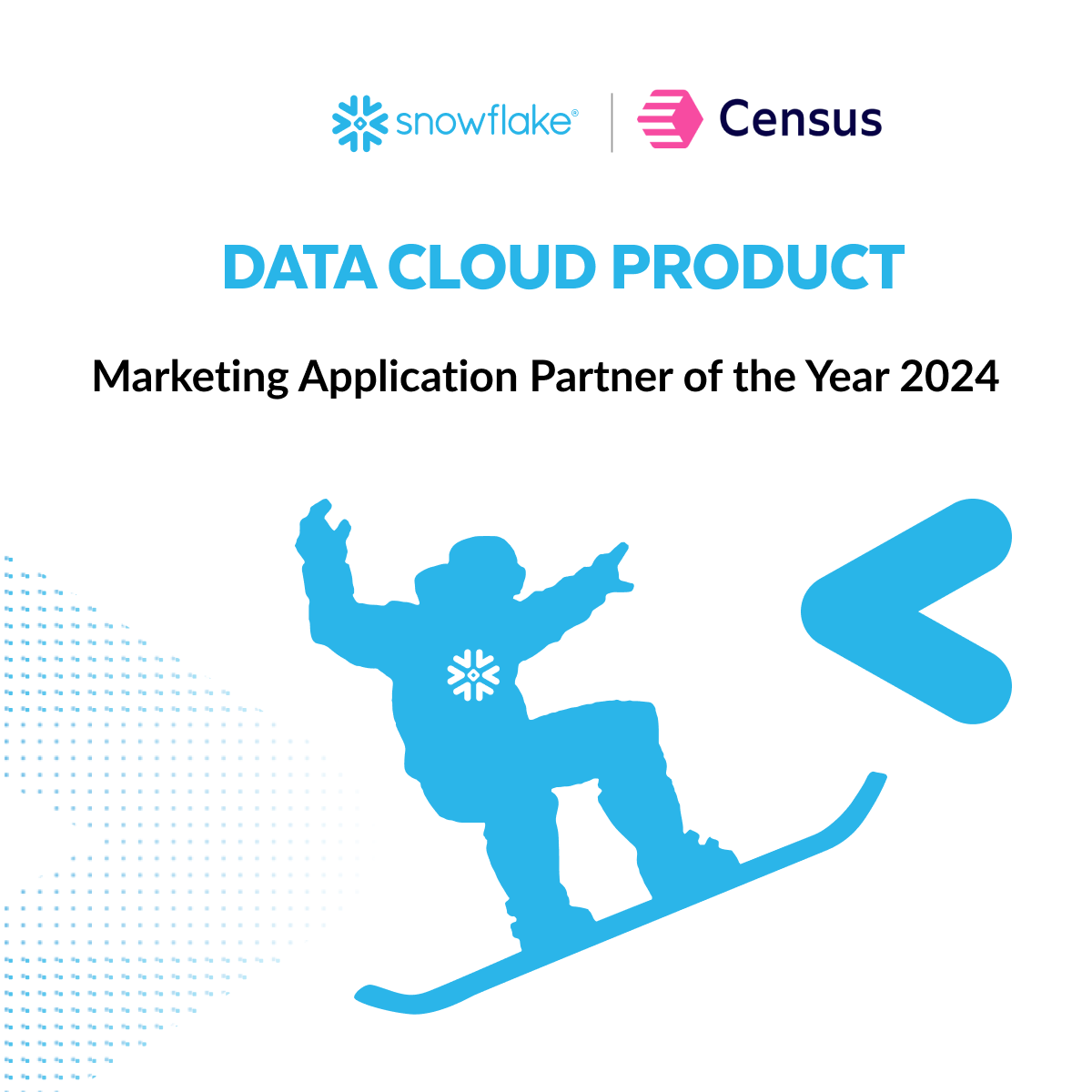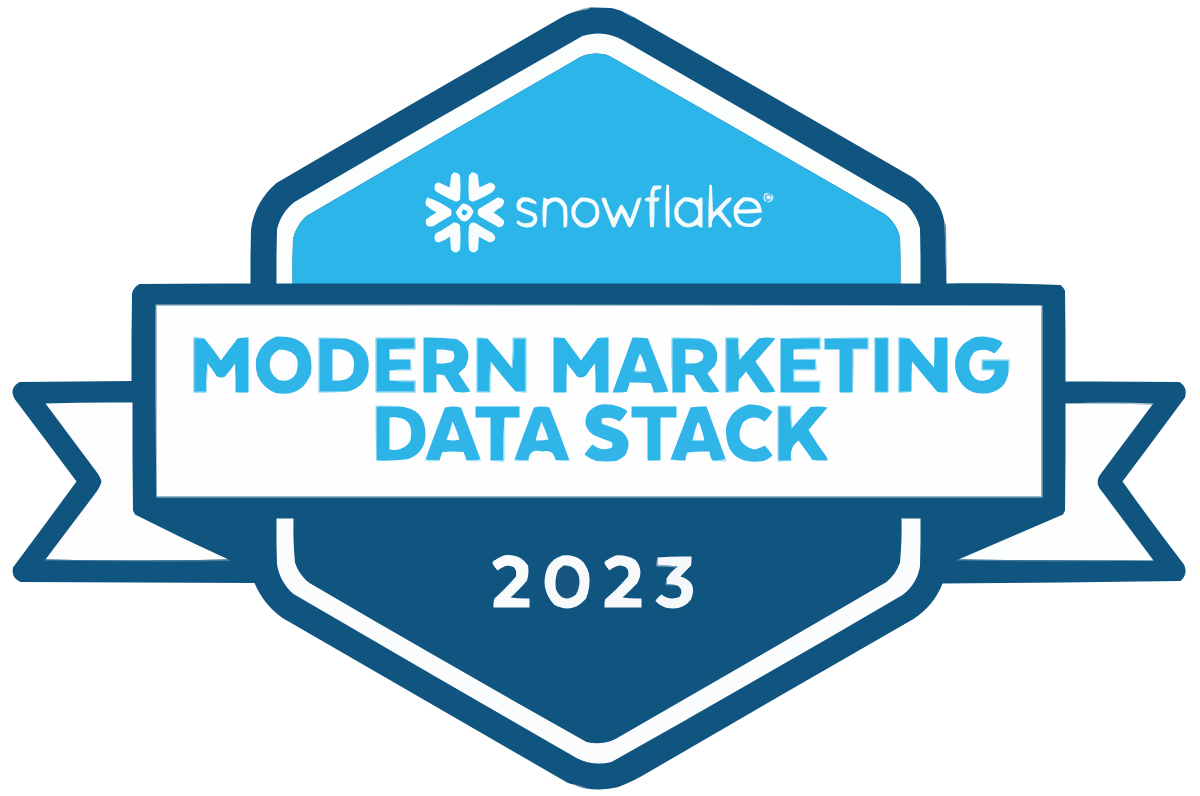Sync Microsoft Power BI to Close
Improve your contact profiles with product data from your warehouse
Get a demo Try for free





Integration in Four Steps
Step 1: Connect
Step 2: Connect Close as a destination
You can connect to Close.io by providing credentials to Census through an intuitive interface.
Step 3: Define the core data that matters for your business
Step 4: Schedule your sync
Choose your sync frequency with options to transfer data in real time, on a schedule, or triggered via our API.
Get a demoWhere can you sync your in Close?
Contacts
Contacts represent individual people within a company/organization that you're selling to.
API Docs DescriptionLead
Leads are the most important object in Close. They represent a company or organization and can contain contacts, tasks, opportunities, and activities. In fact, these other objects must be children of a Lead. You can think of a Lead in Close like both a "lead" and "account" in the terminology of some other CRMs.
API Docs DescriptionOpportunity
Opportunities represent a potential deal with a given company/lead.
API Docs DescriptionOpportunity Status
Opportunity Statuses are used to describe each stage a pending deal can go through within a specific Pipeline.
API Docs DescriptionA single source of truth in all your tools
Census is the easiest way to share a consistent view of your data across your entire business. Define your models, metrics, and business logic in your data warehouse and sync them to all your operational tools.
- Create trust in consistent metrics
- Automate confidently with clean data
- Simplify your data integration strategy
- Improve data security and visibility
Helping business & data teams collaborate at








Advantages of Census
Build once. Reuse everywhere.
Once you define your models in dbt or in Census, you can sync them to all your tools, so every team is using the same data to achieve their goals.
No more CSV files & Python scripts
Focus on improving data quality and collaboration, not writing custom code to integrate with Go-t0-Market tools. Census takes care of getting the data into the hands of your business team. No engineering favors required.
It just works. At scale.
Whether you sync 100 records or 100 billion, we will keep your data in sync across your warehouse and your business tools. Census automatically navigates API failures and monitors errors to keep you aware of worst case scenarios.
Data Activation Use Cases
Syncing from
Now you can use the data in for more than just analytics and BI. With Amazon you can operationalize your data across your entire customer data stack.
Learn how to use Census with 👉 our docs
Syncing to Close
Close.io is a CRM software for your inside sales teams. This tool allows your team to engage with leads through multichannel outreach, prioritize your sales opportunities, and optimize your team's time management to increase sales productivity.
Learn how to use Census with 👉 our Close docs
Census connects to and syncs data to Close. With 200+ integrations (and counting!) and transparent pricing, it's never been easier to start operationalizing your data. This is what we like to call Reverse ETL.
Census is the #1 Data Activation and Reverse ETL platform




“Census is a big part of how we drive net new business and greatly reduce costs using data.”
Marc Stone VP of Data and Growth





From your data warehouse to all your teams, customers, and apps.
Without code or CSVs.
Take action with data today. Book a demo with one of our experts.






















